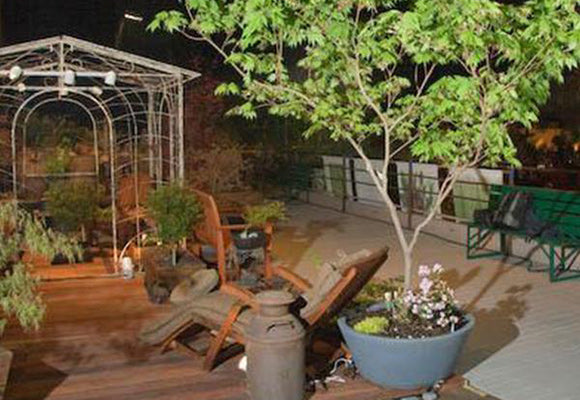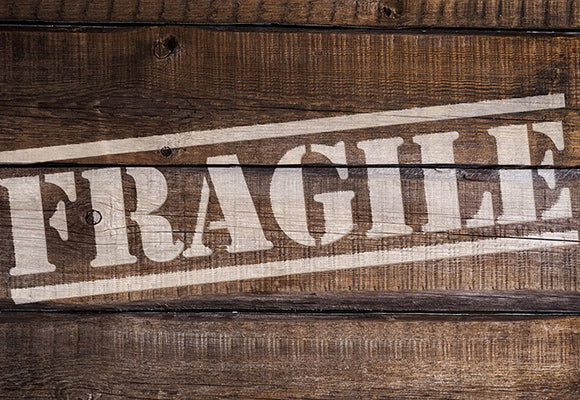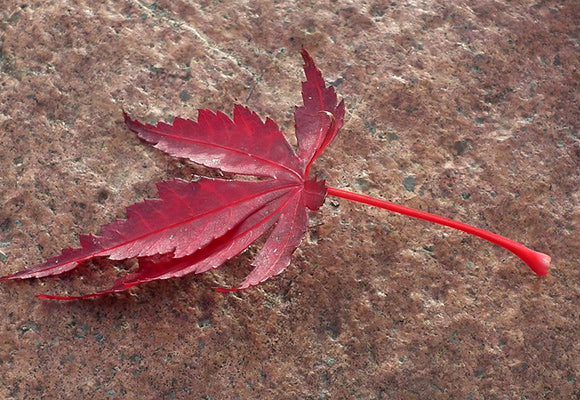Choosing the Best Maple for Your Location

We all love to consider the possibilities for color and form in selecting the perfect maple for our garden or container. Choosing which tree will provide the characteristics we desire as well as be compatible with our climate can be more challenging. Over the years, through our observations in the nursery as well as talking with maple lovers all over the country, we have had the opportunity to learn the tolerances and weaknesses of the different cultivars. Hopefully this information will be helpful in choosing the perfect tree for your location.
Colder climates (Midwest, North and Northeast) All of the trees from the Acer Japonicum species are hardy to zone 5. They are later to emerge in spring and earlier in approaching dormancy, this is a wonderful group to choose from for a cold climate especially for fall color. Acer Shirasuwanum is another cold tolerant species. Our native Acer Circinatum is also hardy to zone 5 and offers many recent introductions of special interest for a northern garden. Some Acer Palmatum are more cold tolerant than others. The weeping dissectum and the dwarf yatsabusa types are early to emerge and will require protection from late frosts. Some suggestions:
Spring Color :
Weeping and Cascading:
Dwarf:
Summer Red Color:
- A.p.x A.s. Yasmin
- A.p.x A.s. Oregon Sunset
- A.s. Johin
- A.p. Adrian’s Compact
- A.c. Burgandy Jewel
- A.s. Red Dawn
Fall Color:
Winter Bark Interest:
Hot dry climates (Southwest) The primary consideration in this region is the hard water and alkaline soils. Please see Growing Japanese Maples in Areas with Hard Water for more information. The palmate group are the most tolerant of these conditions as well as the heat. All of the maples will require protection from hot afternoon sun and special attention to watering. Spring color should be the primary consideration as the hot dry summer and short fall season limit the fall color in these areas. Some suggestions-
Spring Color :
Variegated Trees:
For Red Through The Summer:
Winter Bark Interest
Dwarf:
- Cynthia’s Crown Jewel
- Hanami Nishiki
- Hupp’s Dwarf
- Koto Maru
- Mikawa Yatsubusa
- O jishi
- Sharp’s Pygmy
- Shishigashira
- Shishio Hime
Hot humid climates (South and Southeast) The maples do quite well in these reqions as long as they are protected from afternoon sun in the hottest areas. Caution should be taken with the witches brooms and other trees that are very compact as there is potential for fungus in the warm moist nights of summer. Provide good air circulation and use a systemic fungicide such as Phyton 27 as a preventative treatment. In the more southern regions fall is frequently warm and wet making fall color inconsistent. Choose for spring color and you will never be disappointed as the spring comes early and the maples will emerge along with the daffodils.
Wet foggy climates (Northwest and coastal regions) The limited amount of sun available in these areas needs to be considered. The red trees need a good bit of sun to maintain the red color through the summer. Without adequate sun they will fade to a dark green. All but the most sensitive trees, such as Peaches and Cream and Geisha, can be planted in full sun. Close to the ocean the salt air and constant wind can cause salt burn on the trees. Planting on the leeward side of the house to provide the most protection possible and spraying the tree often to rinse off the salt will help considerably. The Maples thrive in the constant rain of the mild Northwest. We call this ‘Maple Heaven’. Be certain to provide excellent drainage and adequate sun and any of the trees will grow easily in this area.
Some trees have been around many years and there is a wealth of experience from which to learn. Other trees have been in production only a few years and we are all watching and learning as they grow. Every growing situation has unique circumstances to consider from soil quality to the gardener caring for the trees. Please share your ‘Maple Experiences’ with us.
Thank you, Tricia
Also in Essence Of The Tree Articles

Planting Directions for Containers

How We Ship



Patricia Smyth
Author